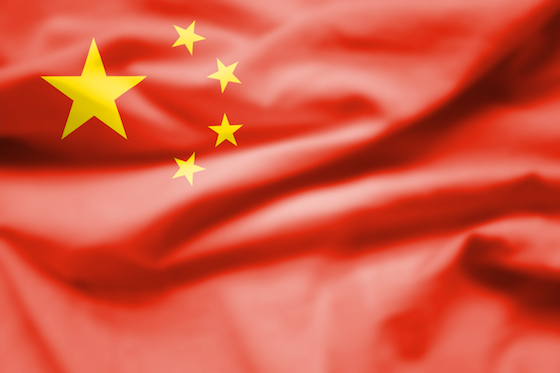The origin of COVID-19 may very well have been China, but the country has also done the best to contain it, a boon for the profitability of its hotel industry.
According to HotStats data, China plumbed the depths of the pandemic worse than most but rose from its February nadir better than all, as evidenced by its V-shaped recovery in gross operating profit per available room (GOPPAR). In fact, in August, China climbed closer to prior-year profit levels and was almost in line with pre-crisis levels. Its US$37.19 GOPPAR, while 14% down versus the same time last year, was essentially the same as December 2019, at US$37.50.

Contributed by David Eisen, director of Hotel Intelligence, Americas, HotStats.
That is cause for celebration: December was the last normal month before the coronavirus spread. January saw a 46.8% YOY decline in GOPPAR, followed by a February that was noteworthy for a negative GOPPAR of (US$28.29). Moreover, while many regions continue to register negative months of GOPPAR, China only recorded three months of such GOPPAR, getting back to positivity by May.
The propitious profit data is especially sweet for the region’s hotel owners, who had seen P&L statements hollow out. The rest of the world would do well to duplicate China’s success. China’s containment of the virus certainly did much to ameliorate its hotel industry.
The World Health Organization praised China’s health workers and people “who worked together tirelessly to bring the disease to this very low level.” As of October 13, and according to the Johns Hopkins Coronavirus Resource Center, China had 90,838 confirmed cases of COVID-19 and 4,739 deaths. Compare that to the U.S., which at the same point had 7,825,329 confirmed cases and 215,439 deaths. Meanwhile, the U.K., with a population 20 times smaller than China, had seen five times as many cases of COVID-19 and almost 10 times as many deaths.
Though no study exists that links the reduction of a region’s COVID-19 case load to its improvement in hotel metrics, there is little to suggest that isn’t the case.
“The speed of China’s response was the crucial factor,” said Gregory Poland, director of the Vaccine Research Group at the Mayo Clinic. “They moved very quickly to stop transmission. Other countries, even though they had much longer to prepare for the arrival of the virus, delayed their response and that meant they lost control.”
As China’s overall profit improvement continued, the U.S. remained stuck. Though it had seen marginal gains, they were nowhere near China’s pace. The U.S. recorded six consecutive months of negative GOPPAR through August, settling in at (US$6.81) in the month, which, after showing progress from June to July, was a 21.8% decrease over July.
In Europe, the numbers at that point were trending upward. The region went negative in GOPPAR in March and stayed there until August, when it popped back into positive territory at US$6.39, a number that was still down 90% YOY.
Therein lies the rub. Measuring the performance of the hotel industry has been reduced to month-over-month comparison, rather than the traditional year-over-year. Human psyche, which helps us navigate through life, will be the driver of the hotel industry’s recovery. Conventions and conferences, leisure and corporate travel — they will bounce back heartily once the pandemic subsides, either via vaccine or vigorous dissipation.
Hotel investment, typically, is a long-term pursuit. The hotel industry’s fundamentals, absent tumult, have characteristically been strong; it’s now about waiting the pandemic out.
